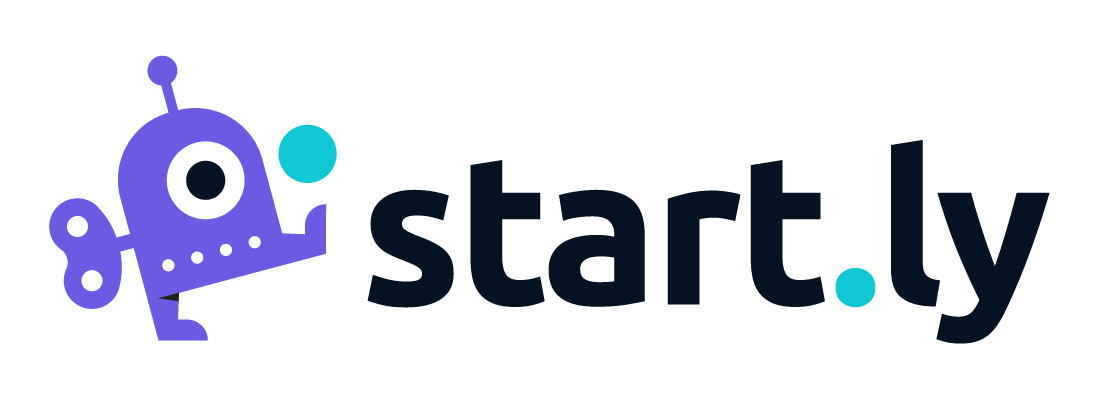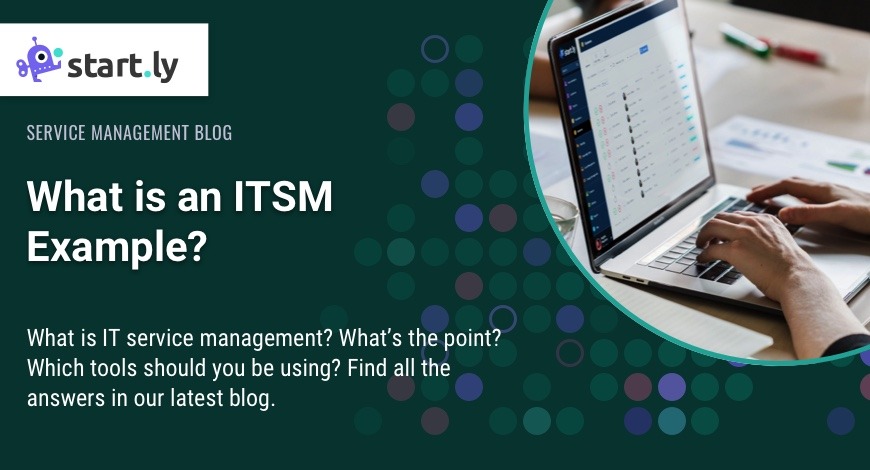Every IT service provider strives for increased efficiency, improved customer satisfaction, and enhanced product capabilities. So how do they accomplish these goals? One of the best ways is by implementing IT service management (ITSM) frameworks and practices.
ITSM consists of managing all aspects of IT businesses, like planning, support, development, delivery, and more. With the proper implementation of ITSM tools and frameworks, these businesses can achieve greater customer satisfaction and improved performance. To better explain how that’s possible, this blog will look at:
- What is meant by service management (ITSM)?
- What is the purpose of ITSM?
- What are ITSM examples?
- What are ITSM tools?
What is ITSM?
ITSM encompasses all the activities performed by IT teams to design, build, plan, deliver, operate, and support IT services. While this can include tasks similar to technical support, ITSM involves far more than just quick fixes. In short, ITSM is how IT teams manage IT solutions their customers are using. ITSM embodies an entire IT strategy and approach, from helping employees connect to wireless printers to maintaining security or updating software bugs.
What is the Purpose of ITSM?
Ultimately the purpose of ITSM is to align IT processes with business goals in an effort to help a company grow and succeed. With ITSM, there are four main objectives:
- Assessing and implementing the current IT infrastructure, services, and processes.
- Creating future-facing management protocols.
- Devising roadmaps for improving the business overall.
- Executing the actual steps in that roadmap.
In order to achieve these objectives, ITSM incorporates three steps:
- Building and implementing technologies.
- Applying appropriate processes.
- Educating others on the technologies and processes.
Now that we have covered some of the basics of ITSM, let’s take a look at a few examples of service management in action.
What is ITSM with an Example?
There are many tasks that go into IT service management, and therefore lots of examples we could use. However, in general, there is a kind of hierarchy in ITSM. There are four categories at the very top level, followed by subcategories or components underneath each one.
Here is an outline to better explain:
- Time and Expense Management
- Time tracking
- Expenses
- Approvals
- Service Management
- Ticketing
- Asset management
- Change management
- Knowledge base
- Organizational Governance
- Financial controls
- Project management
- Resource management
- Invoicing and financing
- Insights
- Dashboards
- Analytics
- Reporting
- Artificial intelligence
What is an ITSM Example?
To drive home the point, imagine you are an ITSM provider. One of your clients comes to you with a problem. Their marketing software is not working properly.
You will enter this claim into ticketing software (service management) so you can track the progress and make sure it gets assigned to an employee. Let’s call this fictional employee Taylor. Aside from the ticket, you need a way to track Taylor’s hours so that way you know what to charge (time and expense management). You also need to make sure that Taylor doesn’t have too much work on their plate currently and is able to take on the additional task (organizational governance). While all of this is going on, you will look into the analytics and reporting to see what may have been the root cause of the problem (Insights).
This is just one of the many examples we could use. We know that it probably sounds a little hectic. That is because ITSM can be. ITSM tends to have a lot of moving parts and needs to accommodate many different customer needs. This means it’s vital to equip ITSM providers with the best possible tools or tool. That’s where Startly comes in.
Startly… A Superior ITSM for Superior ITSM Services
Most ITSM providers use different tools for every single category of ITSM. That means using a time and expense software, a service management platform, a different tool for organizational government, and another for business insights. As you can imagine, staying on top of each product can be a nightmare. You have different subscriptions, unique troubleshooting, makeshift collaboration across platforms…hassle after hassle.
That is why Startly developed an all-in-one platform for IT service providers. We call it a self-sustaining ecosystem, where all the pieces fit seamlessly and work together. Not only that, but our goals are to be more affordable, robust, and easy to use. To learn more, connect with our passionate team today.

